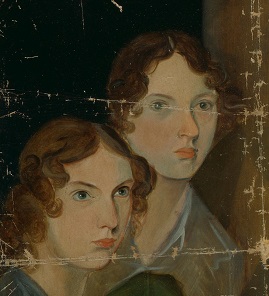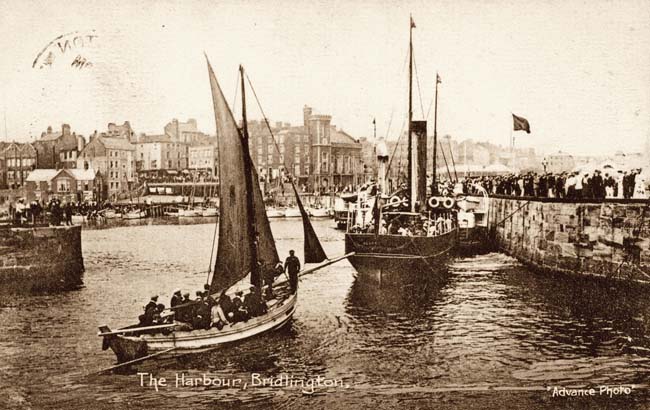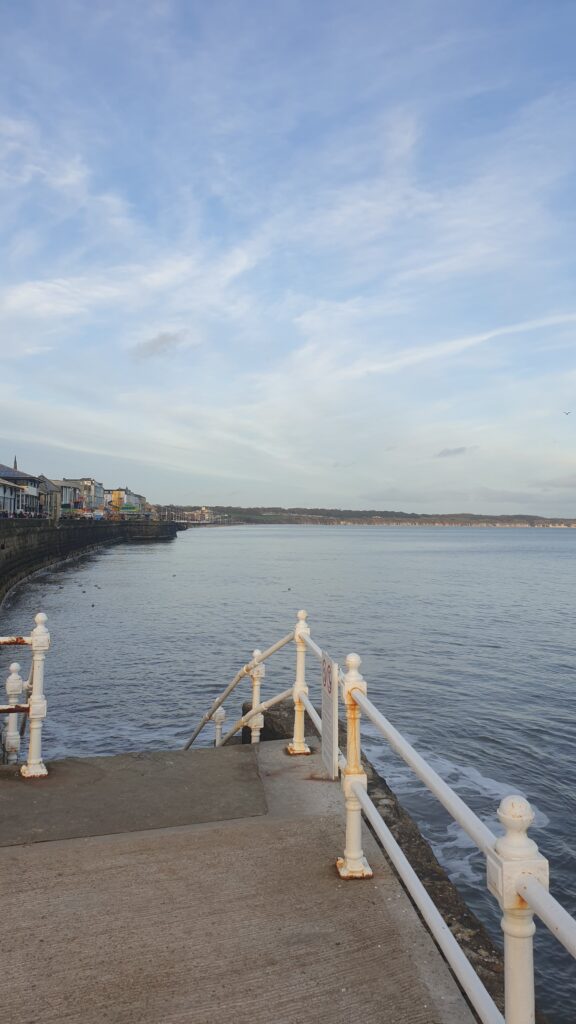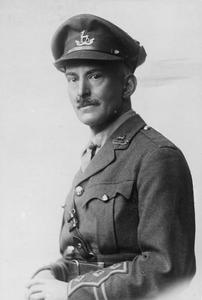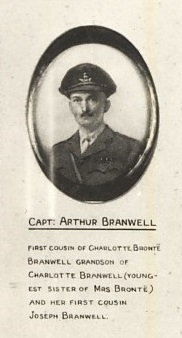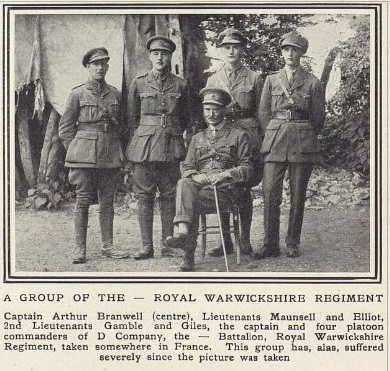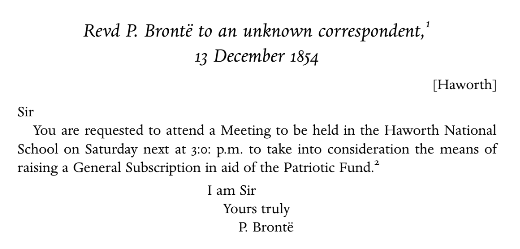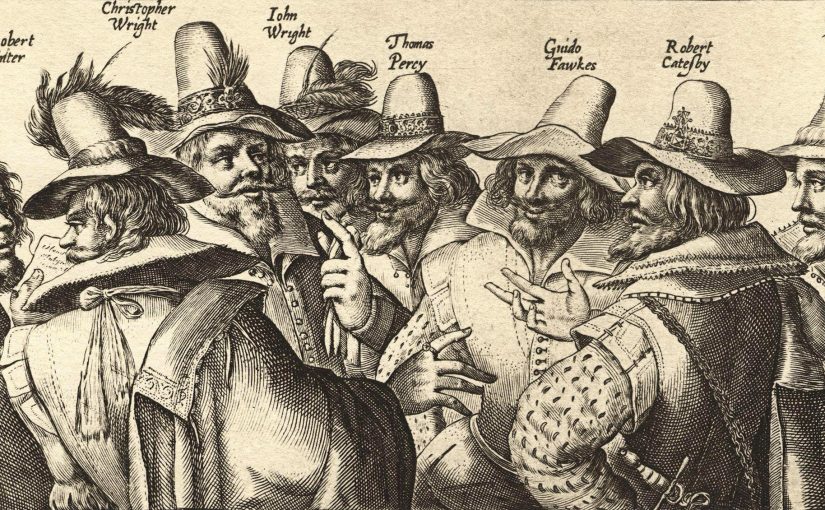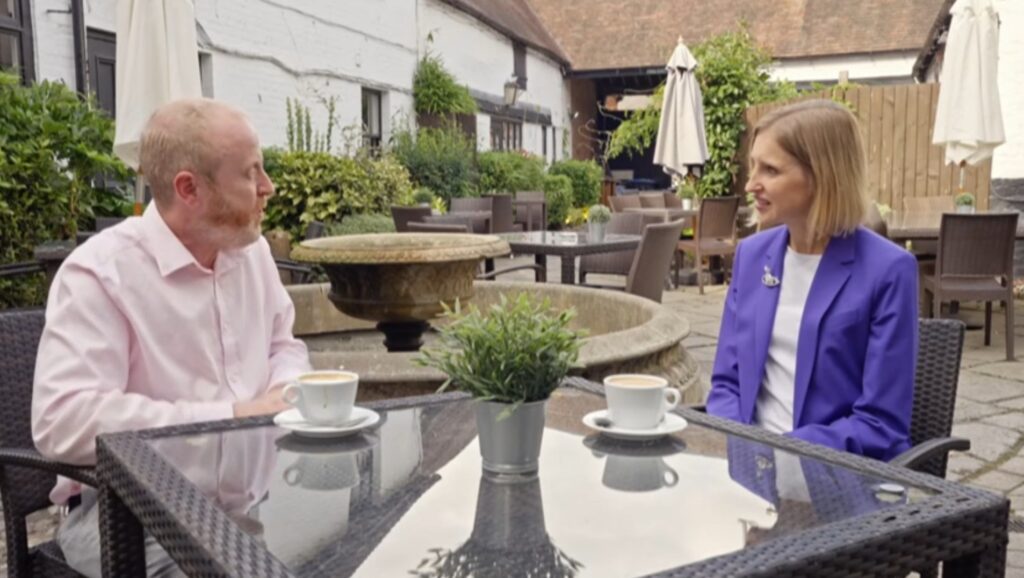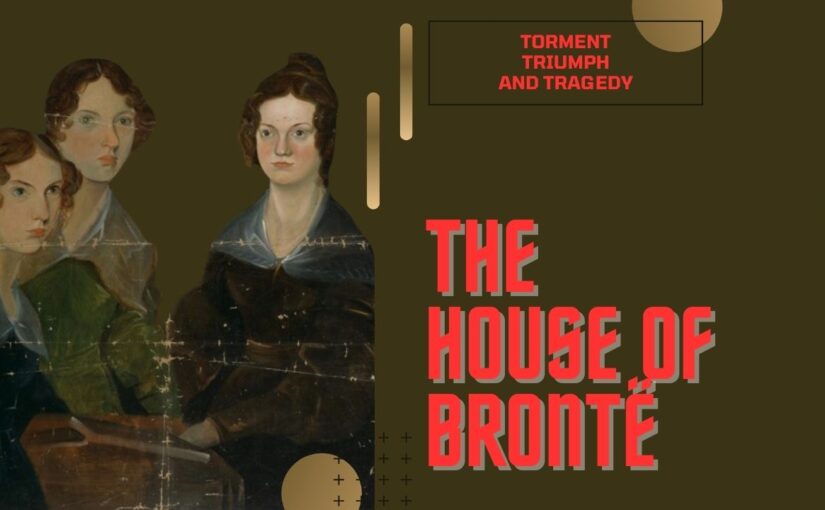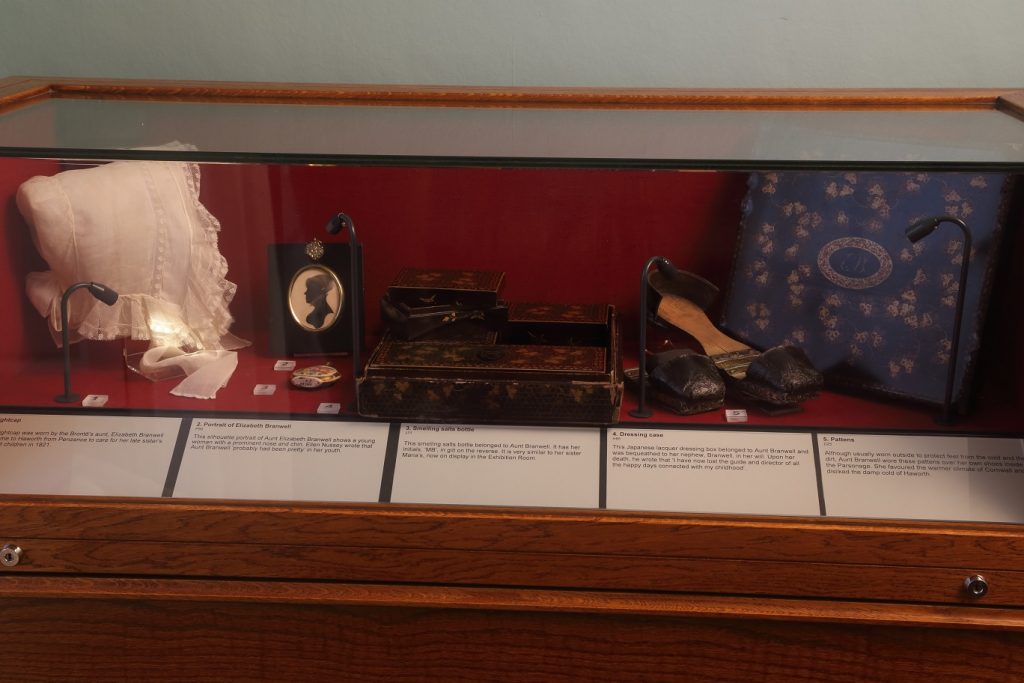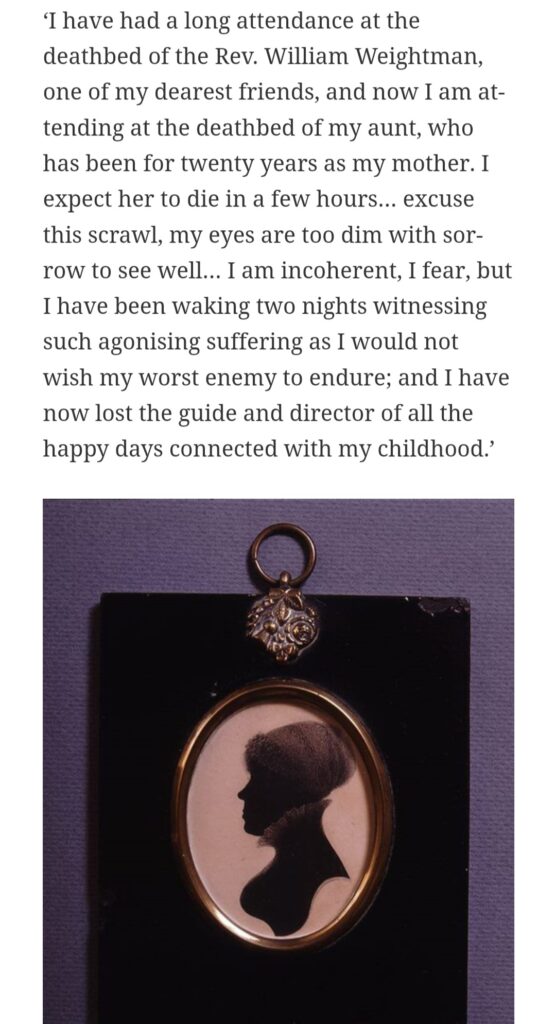I know I’m not the only one who is endlessly fascinated by those brilliant Brontë sisters – not only by their magnificent poems and novels but by their all too brief lives as well. There are many great sources for information on the Brontë sisters’ lives – from biographies and YouTube channels such as my own House Of Brontë to the hundreds of letters that Ellen Nussey kept from her best friend Charlotte Brontë. One other source of Brontë information has an impeccable provenance – and it began on this very day exactly 190 years ago.
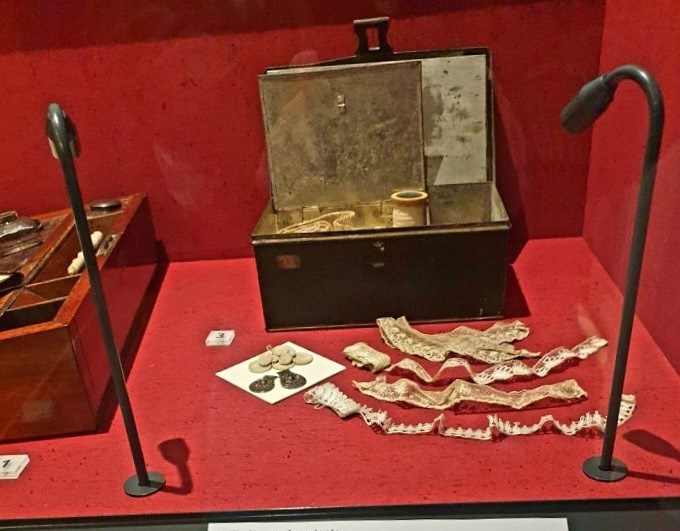
The tin box above contained Emily Brontë’s sewing equipment, a collection of needles, threads and fabrics – but it had within it a very important secret. It came into the hands of Arthur Bell Nicholls, having been passed to him following the death of his first wife Charlotte Brontë, and formed part of his large, much loved yet mournful collection of Brontë ephemera. In 1895, 40 years after the passing of Charlotte, Arthur turned the box around in his hand, heard a click and a secret compartment opened which had not seen the light of day since the death of Emily Brontë in 1848. Inside were tiny scraps of folded paper, incredible treasures.
What Arthur had discovered was the hiding place of Emily and Anne Brontë’s secret diary papers in which they detailed their life in Haworth Parsonage and beyond, and their dreams for the future. The very first diary paper was composed jointly by Emily and Anne Brontë, and Emily has sketched Anne’s hair flowing down the side of the page. It was dated 24th November 1834, and I produce it below:
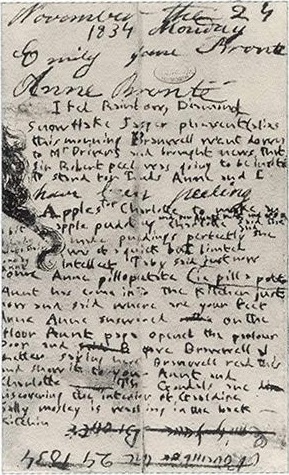
“November the 24, 1834 Monday, Emily Jane Brontë, Anne Brontë, I fed Rainbow, Diamond, Snowflake, Jasper, pheasant this morning. Branwell went down to Mr Drivers and brought news that Sir Robert Peel was going to stand for Leeds. Anne and I have been peeling apples for Charlotte to make an apple pudding and for Aunt’s nuts and apples. Charlotte said she made puddings perfectly and she was of a quick but limited intellect. Tabby said just now come Anne pilloputate (ie pill a potato). Aunt has come into the kitchen just now and said, ‘where are your feet Anne?’ Anne answered, ‘on the floor Aunt’. Papa opened the parlour door and gave Branwell a letter saying, ‘here Branwell read this and show it to your Aunt and Charlotte’. The Gondals are discovering the interior of Gaaldine, Sally Mosley is washing in the back kitchen.
It is past twelve o’clock Anne and I have not tidied ourselves, done our bed work or done our lessons and we want to go out to play. We are going to have for dinner boiled beef, turnips, potatoes and apple pudding; the kitchen is in a very untidy state. Anne and I have not done our music exercise which consists of b major. Tabby said, on my putting a pen in her face, ‘ya pitter pottering there instead of pilling a potate’, I answered, ‘oh dear, oh dear, oh dear, I will directly’. With that I get up, take a knife and begin pilling (finished pilling the potatoes). Papa going to walk. Mr Sunderland expected.
Anne and I say I wonder what we shall be like and what we shall be and where we shall be if all goes on well in the year 1874 – in which year I shall be in my 57th year, Anne will be going in her 55th year, Branwell will be going in his 58th year, and Charlotte in her 59th year; hoping we shall all be well at that time, we close our paper. Emily and Anne, November the 24 1834”
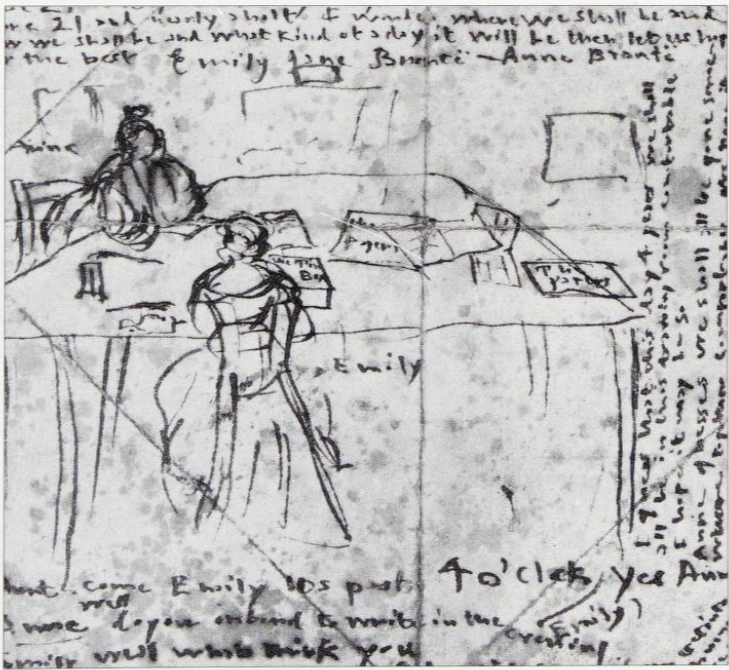
Emily and Anne at this point placed little emphasis on spelling and punctuation, yet this is our first glimpse of them in writing – our first insight into two of the greatest literary genii of the nineteenth century. The image above shows Emily’s sketch of herself and Anne at their table composing their 1837 diary paper.
I hope you can join me next week for another new Brontë blog post, put the date in your diary and then seal it away in your secret tin box.
